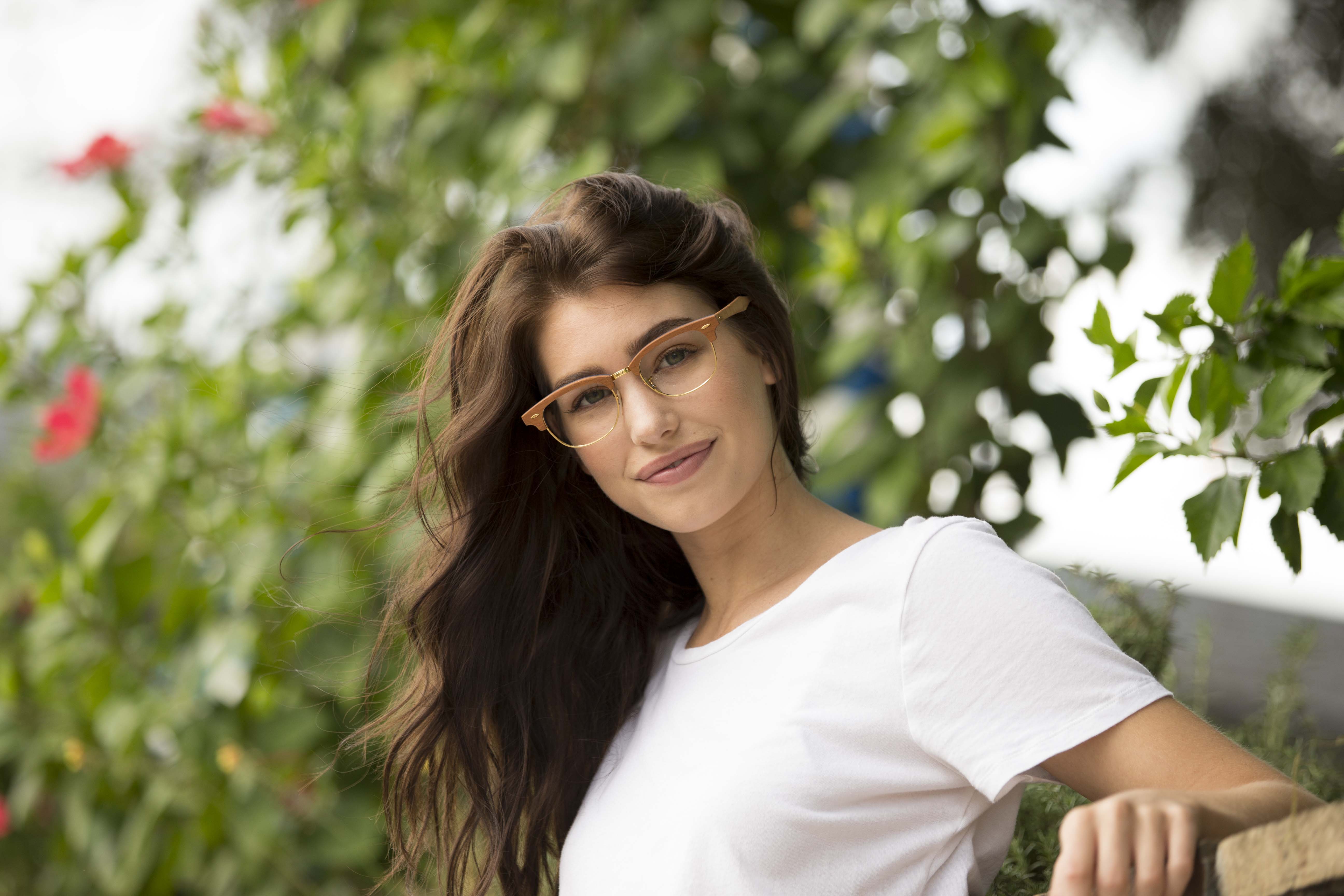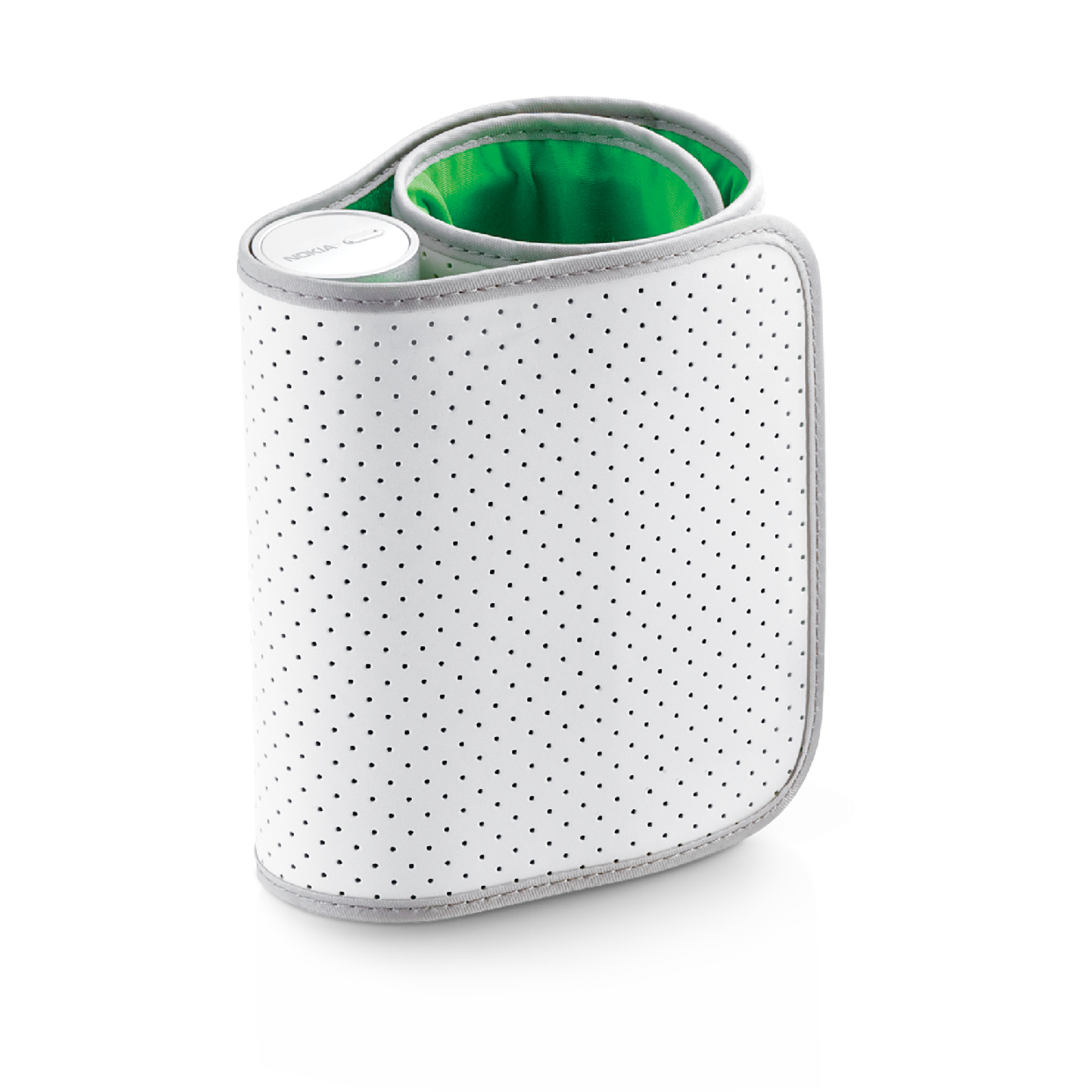
If you’re like most people, trips to the eye doctor get pushed down the to-do list, sometimes for years on end. But early detection of eye health problems can prevent or delay vision loss. We talked to the folks at FramesDirect.com about the importance of making your peepers a priority.
A recent study by the Journal of the American Medical Association found that while most people believe eye health is important, many don’t know the risk factors for eye disorders or even which diseases exist. In fact, according to the Centers for Disease Control and Prevention, only half of the estimated 61 million Americans at high risk for vision loss had had eye exams in the previous 12 months.
Alan Ekery, a master optician at FramesDirect.com, said vision changes occur in such small increments that people often don’t notice they have a problem. “It’s easy to get used to your current level of vision and not realize your vision has deteriorated until you’re struggling with symptoms like headaches or poor night vision,” Ekery said. “That’s why it’s great to get in the habit of getting an eye exam every 12 to 18 months.”
Eyesight problems increase with age and become far more common after age 40. But regular vision screenings are important from birth onward, as eye problems can occur at any stage of life.
Depending on your age, risk factors, and the eye doctor’s observations, your eye exam may include a comprehensive dilated eye exam. During dilated exams, the ophthalmologist places drops in your eyes to widen your pupils and get a clear view of the interior of your eye, including the retina, macula, and optic nerve.
More frequent exams are recommended if you have certain risk factors for vision problems including, but not limited to, high blood pressure, smoking, and a history of eye injuries.
With or without risk factors, you should see an ophthalmologist if you experience certain symptoms relating to vision issues. For the full scoop, check out our infographic.
Sunglasses: Not Just For Looking Cool

Everyone loves a sunny day, but overexposure to the sun’s rays hurts your eyes. Ekery said prolonged exposure to UV rays can cause (get ready, it’s not good…) corneal and retinal damage, cataracts, cancer of the eyes and eyelids, an abnormal growth on the surface of the eye, and even sunburn of the eye. Yikes! Oh, and, exposure to the sun’s rays is also linked to macular degeneration. Choose sunglasses that block out 99% to 100% of both UVA and UVB radiation.
Of course you want them to look amazing, but it’s best if they reach your brow line and sit close to your face without hitting your eyelashes. And be sure to act like a celebrity hiding from the paparazzi — wearing sunglasses on overcast days is a good idea, because clouds only block a small percentage of UV rays. Your kids should be wearing sunglasses too, since sun exposure accumulates over time.
Nutrition and Exercise for Eye Health
Sure, carrots are good for eye health, but no worries if you don’t love ’em. Fruits and vegetables across the color spectrum are healthy for your eyes. Dig into oranges, spinach, kale, collard greens, blueberries, strawberries, cranberries, grapefruit, lemons, pumpkins, and tomatoes. Add nuts rich in omega-3 fatty acids and vitamin E. Then throw in some beans, salmon, tuna or sardines for an eye-health boost.
And of course we always recommend getting in your daily steps and maintaining a healthy weight, both of which help control diseases that contribute to vision loss, including diabetes, hypertension, and heart disease.
Time for a Device Diet?

Staring at computers and digital screens all day has made eye strain a chronic problem in modern life. Eye strain occurs, in part, because the screens are so absorbing that people just blink less. Blinking refreshes the eyes. Without frequent blinking, you are prone to dry, tired, and burning eyes. Other factors that contribute to eye strain are glare and reflections from computer screens and poor posture. Some of the symptoms of eye strain include headaches, stinging eyes, and blurred vision. Ekery suggests using the 20-20-20 rule for minimizing eyestrain: for every 20 minutes in front of a screen, look 20 feet away for 20 seconds. Take a breather from screens in the evening and consider computer glasses that reduce glare.
Dollars and Vision Sense
For many, eye exams, glasses, and contacts are not covered by health insurance. But the good news is that people with flexible spending accounts (FSAs) at work can use them to cover routine eye exams and eyewear. FramesDirect.com, for instance, accepts FSAs for eyeglasses, lenses, reading glasses, prescription sunglasses, and even safety glasses with corrective lenses.
Hey, Good Lookin’

If the eye doc tells you it’s time for glasses or to update your prescription, take it as an opportunity to update your signature style. And what’s hot? Meredith Daniels, content manager for FramesDirect.com, shares with us that round lenses —“think Harry Potter, John Lennon”— are on trend right now, as are translucent acetate, clear, and pastel-colored frames. In sunglasses, oversized frames and bold takes on the vintage glasses designed with a slightly flatter, less curved profile are on trend right now. Oversized round frames and bold takes on the vintage cat eye shape are also super popular.
But whether you’re into groovy cat-eye styles or classic tortoise-shell frames, always take your eye health seriously. Get your baby blues, browns, or greens checked regularly so you can enjoy the world in HD your whole life long.



